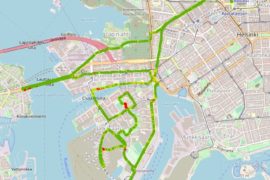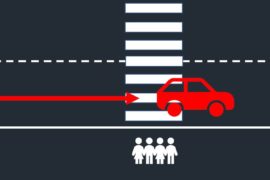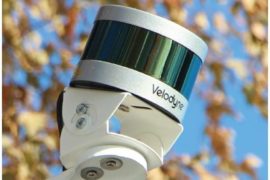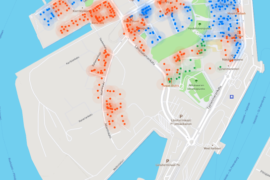Traffic measuring points for the main junctions for vehicle traffic to and from Jätkäsaari. The objective is to get a better understanding of the traffic to and from Jätkäsaari. In addition to just number of vehicles, also the time spent there (e.g. short visits for maybe dropping off people to the terminal) as well as estimates of the emissions they bring in. There will be two measuring periods, first one being in Nov/Dec 2020 and the other in the spring of 2021.
The camera-based devices automatically identify licence plates of cars, and derive technical vehicle information from Traficom’s database. The use of licence plate information is approved by Traficom and it complies with national privacy and data security requirements.
No personal information (such as car owners’ names, addresses etc) is queried in the process. Vehicle information is used to produce traffic statistics, and individual road users cannot be identified at any stage of the analysis.More information on Nodeon’s solution, including data privacy can be found here.





